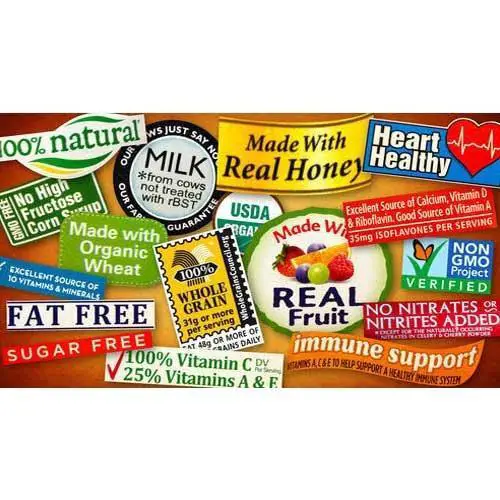Some basics on food labels
One of the major things that contribute to the purchase decision of a consumer is a food label.
Food labels are important for various reasons. These range from promoting food safety and preventing food wastage through inclusion of expiration dates.
When shopping for food items, consumers are most likely to pick the item with the most captivating and informative label.
So, as a food manufacturer, it is essential to invest in a good food label to expand your customer base.
There is sufficient information and tips on food labeling in the internet to enable you come up with a suitable food label for your items.
Besides, in almost all States, all food manufacturers must include food labels on their products. Either way, you’ll have to find the most suitable food label for your items.
Always put your consumer needs in mind when coming up with a food label. Thus, use the right labeling and dating stationary to grow your business. In turn, you can boost your sales, revenues, and profits.
Types of labeling materials
In this article, we discuss the various type of labeling and stationary available. The type of labeling material you will use will depend on the kind of food label you wish to install.
Foil paper
You can use foil material to label your food product. The foil material is attractive and can get customized to suit your requirements.
It is possible to print your business name logo and the name of the food item and other basic details on the foil.
Additionally, you can print the foil using traditional ink. As a result, they can incorporate a wide array of colors. Foil labels are pretty attractive and can create a large customer base for you.
Nonetheless, use the right text, color, and images on the foil. Occasionally, manufacturers press the foil label on a standard paper to create unique food label designs.
Glossy paper
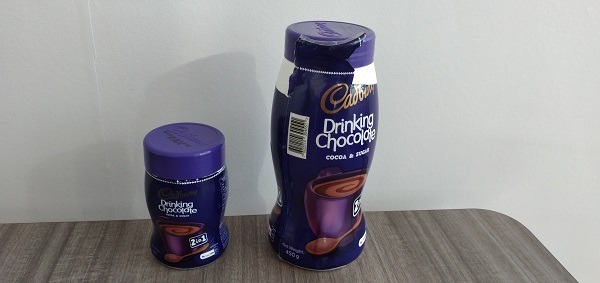
Another type of paper you can use to create your food label is glossy paper. As the name suggests, the glossy paper has an illustrious appearance.
Thus, it is eye-catching and can significantly increase your sales. Unfortunately, it is hard to include a lot of text on glossy paper.
The material is quite slimy; thus, including text on it is not easy. Luckily, technology has advanced and so today, there are more suitable printers to use when including text on a glossy paper.
Ultimately, if you want to catch your consumers’ attention, glossy paper is one of the best ways to do so.
Matte paper
If you want a simple food label, use a matte paper. They are very easy to customize. So, you can include anything you want on the matte paper: your company name, item name, and expiration dates.
Nonetheless, keep in mind that matte papers do not pop like foil or glossy papers.
Additionally, they do not offer even surfaces. And if you use dull colors to write the text on the label, it may not be eye-catchy. However, it all depends on your requirements.
Matte paper works for some manufacturers. So, before buying the matte paper, ensure you analyze your requirements as well as your customer’s needs.
Sticker papers
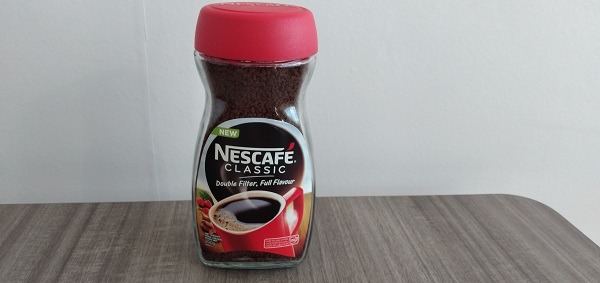
Food manufacturers can also incorporate sticker papers. They have a relatively attractive appearance and can captivate your customers.
Sticker papers come in a wide range of colors. Thus, you can highly customize them to suit your requirements.
They have adhesive on their back part to enable you to temporarily or permanently stick it on a food item.
The majority of business owners use permanent sticker papers to boost the quality of their labels and packaging for their products.
Vinyl stickers
If your food products come in glass containers or bottles, vinyl stickers are a great option. Besides, they are affordable and increase your customer base.
You can include any text on the label and incorporate any color. Moreover, creating food labels using vinyl is so simple.
In fact, manufacturers with start-up businesses prefer doing this by themselves. You don’t have to pay someone to create a vinyl sticker for you.
Barcode printers
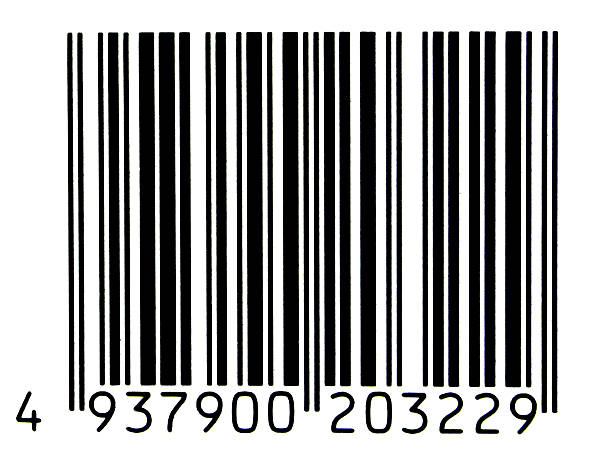
In most instances, you can use barcode printers to create food labels. Barcode printers allow you to come up with only machine-readable information.
An excellent example of a barcode label is the thin black lines that appear on an item you pick in the supermarket.
Cashiers usually use this label to access the system and clear your payment. Indisputably, all food items should contain barcode labels.
So, as a large-scale manufacturer, it is easier to buy a barcode printer to create these labels on your foodstuff. It is very costly to hire another party to come up with the barcode labels for you.
Improvised labeling and dating tools, e.g., using masking tape
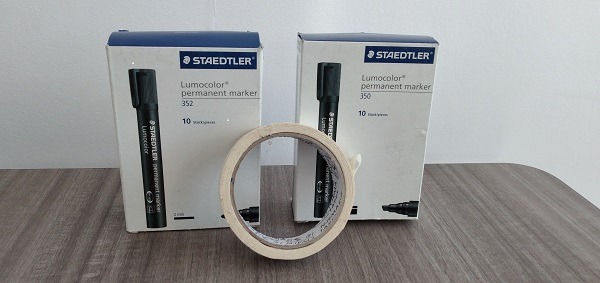
As seen earlier, there are various materials you can use for labeling. Occasionally, small scale food producers usually try saving on costs by using improvised labeling methods.
Also, the majority of homeowners find it expensive to invest in quality material for labeling. So, they use masking tape instead. Using masking tape for your food labels will work well only for homeowners.
However, if you have a company that sells food products, this might not help you expand your customer base.
Let’s look at some of the drawbacks of using masking tape as your food label.
Masking Tape limits information:
- Masking tape will limit the information you want to include on the food label unless you want to write the food product’s name only.
- With masking tape, you won’t be able to have the expiration and manufacture dates, your contact details, and the country of manufacture.
- So, this food labeling technique is not as effective as professional food labels.
Masking Tape leaves a sticky residue after removal:
- When you try removing masking tape from a food product, it always leaves an unpleasant and adhesive residue.
- Typically, this ruins the aesthetic of the container and can lead to the accumulation of bacteria. You might end up getting infections from the masking tape.
- Besides, you will have a hard time cleaning the container. Although cheap, using masking tape as your food label might not be the most effective way to label your food.
Chalkboard labels and permanent markers
Several homeowners label their food items with chalkboards and permanent markers. However, this might not be clear to some people since the text is handwritten.
Also, it may rub off easily depending on the quality of the chalk or marker or the type of surface that you are writing on. It may work well where you want a temporary label for short term use.
Conclusion
There are many types of materials and equipment you have to use to come up with an exceptional food label. You can use matte papers, vinyl papers, sticker papers, and barcode machines.
It is always advisable for homeowners to invest in good material for their food labels. This way, they can gain the largest market share due to high sales.
Moreover, there are conventional ways of labeling your food. These are best used by homeowners who are not selling their food products.
Nevertheless, analyze your requirements before investing in a food label.

